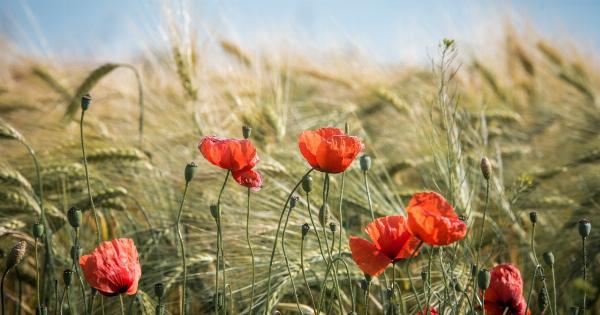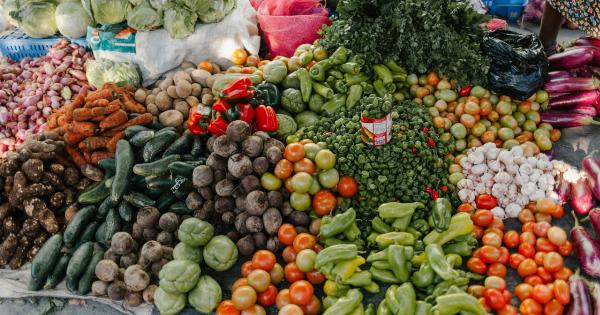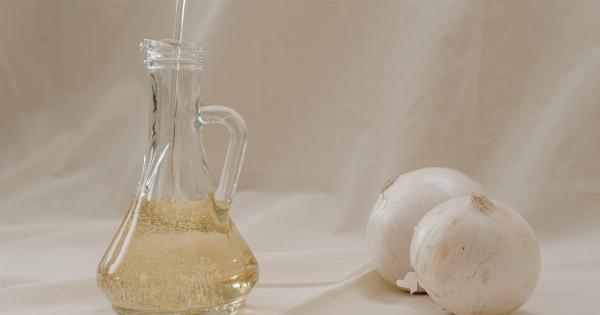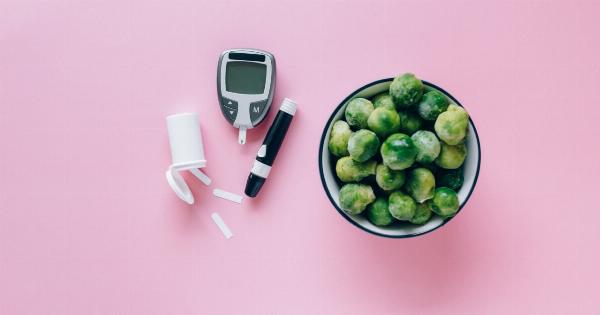Cholesterol is an essential component of the membranes of all cells in our body, but it is not produced by the body alone. We obtain it from the foods we eat. High levels of cholesterol can lead to various health problems, including heart diseases.
That’s why it is important to keep our cholesterol levels in check. One good way to do that is by consuming small daily doses of “three grams.”.
What is “three grams”?
“Three grams” refers to the daily intake of phytosterols or plant-based sterols. These are natural compounds found in plant foods like grains, nuts, and vegetables. Phytosterols are structurally similar to cholesterol.
Therefore, when we consume them, they compete with cholesterol for absorption in the gut. As a result, less cholesterol is absorbed and the cholesterol levels in our body decrease.
How does it work?
Phytosterols work by blocking the absorption of cholesterol in the small intestine. When we consume foods containing cholesterol, they are absorbed in the gut and transported to the liver.
The liver then determines the amount of cholesterol that’s needed by the body and releases it into the bloodstream. However, phytosterols, being structurally similar to cholesterol, are also absorbed in the gut and transported to the liver. The liver gets confused and thinks that it has already received enough cholesterol from the diet.
As a result, it releases less cholesterol into the bloodstream.
What are the benefits of consuming three grams of phytosterols?
Studies have shown that consuming three grams of phytosterols daily can lower LDL or bad cholesterol levels by 5-15%. This may not seem like a lot, but a small reduction in LDL cholesterol levels can significantly decrease the risk of heart diseases.
Moreover, phytosterols have no adverse effects on HDL or good cholesterol levels or triglyceride levels.
What are the food sources of phytosterols?
Phytosterols are naturally present in a variety of plant foods. Some of the richest sources of phytosterols include:.
- Vegetable oils (such as canola oil, soybean oil, and corn oil)
- Nuts and seeds (such as almonds, peanuts, and sunflower seeds)
- Whole grains (such as brown rice, whole wheat, and oats)
- Fruits and vegetables (such as avocados, oranges, and broccoli)
- Fortified foods (such as margarine, yogurt, and orange juice)
How can we consume three grams of phytosterols daily?
Consuming three grams of phytosterols daily may seem difficult, but it is actually quite easy. Here are some ways to incorporate phytosterol-rich foods into your diet:.
- Replace your regular vegetable oil with canola oil or soybean oil.
- Snack on nuts and seeds instead of chips or crackers.
- Switch to whole grain bread, pasta, and rice.
- Eat at least five servings of fruits and vegetables daily.
- Choose fortified foods like margarine, yogurt, and orange juice.
Are there any side effects of consuming phytosterols?
Phytosterols are generally safe to consume, but there may be some mild side effects like bloating, gas, and diarrhea. However, these side effects are usually temporary and go away on their own.
Should everyone consume phytosterols?
Although phytosterols are safe to consume, they may not be suitable for everyone. Pregnant and breastfeeding women, children under the age of five, and people with certain medical conditions like sitosterolemia should avoid consuming phytosterols.
Moreover, if you are already taking cholesterol-lowering medications like statins, it is best to consult your healthcare provider before adding phytosterols to your diet.
Conclusion
Consuming small daily doses of “three grams” of phytosterols can be an easy and effective way to lower your cholesterol levels. Phytosterols are natural compounds found in plant foods that block the absorption of cholesterol in the gut.
They have been shown to lower LDL cholesterol levels by 5-15%, which can significantly decrease the risk of heart diseases. However, it is important to incorporate phytosterol-rich foods into your diet in a healthy and balanced way.






























